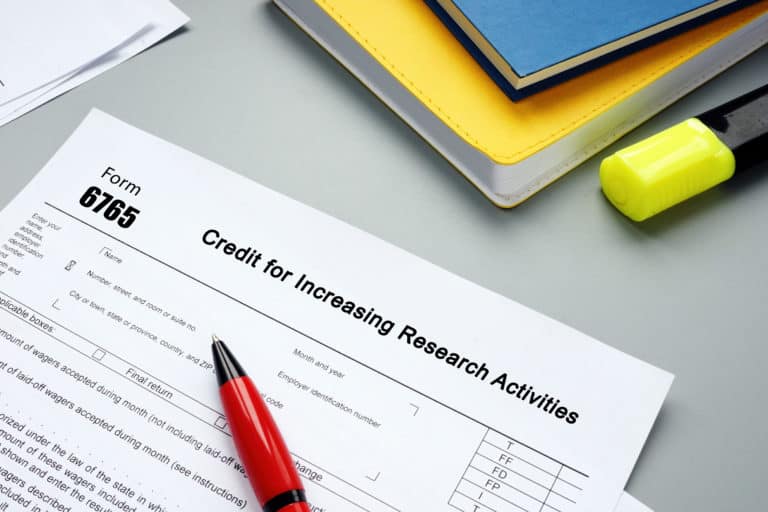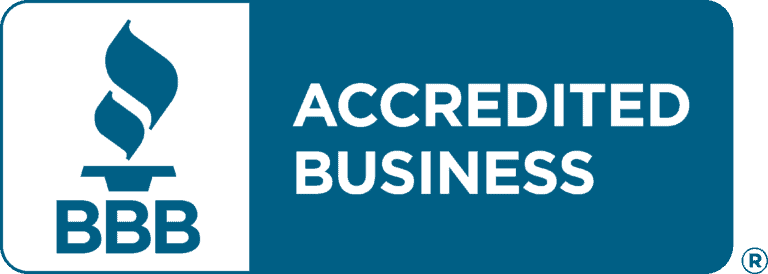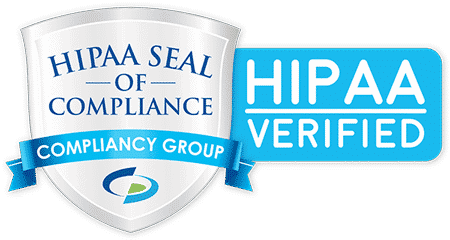Over the last decade, due to technological advancements, businesses the world over have enjoyed innovation in the production and improvement of goods and services.
However, in the wake of the global pandemic, these businesses struggled to stay afloat. The economic meltdown dealt a huge blow to the commercial and industrial world. Now, with the production of vaccines to tackle the menace, it presents a glimmer of hope for everyone.
But how will businesses bounce back to provide the services they once did? Where will they get the necessary funding to replenish lost dollars spent on manufacturing goods and producing services?
Enter Federal and State Research & Development tax credits.
You have probably heard about R&D tax credits but haven’t considered them for your business. In this article, we explore the complexities of them and see how you qualify for the tax credit.
What are Research & Development Tax Credits?
The R&D tax credit is regarded as a dollar-for-dollar offset of the federal income tax liability. Introduced in 1981, the tax credit was aimed to foster research and development in the US.
This is a financial and strategic way to advance the economy. Although it started out as a 2-year incentive, it has become a major venture for honoring businesses for investing in development and research.
Similar tax credits in other countries are also in place to help businesses grow.
As most businesses struggle to thrive in competition, it is seemingly expensive and time-exhausting to create innovative products and services. Tax credits, as incentives, can eliminate most of the burden, fostering global competitiveness.
Apart from the Federal R&D tax credit, 40 states in the US also offer state level tax credits.
Implementation of R&D Tax Credits
All the laws surrounding the R&D tax credit are found under the Internal Revenue Code (IRC) section 41. The tax credit applies to anyone who generates expenses for performing Qualified Research Activities (QRA) in the US. This means you receive the percentage of the funds that go into R&D activities.
The QRA includes:
- Salaries paid to employees and workers for their services. This also includes wages also considered to be federal income tax.
- Supplies purchased for the production process. This includes all the properties that are used and consumed in the process of such production.
- Research payments made to scientific research establishments and educational institutions.
This may sound familiar and recognizable even from a distance. You may already be wondering if your business qualifies for the tax credit. Which we will discuss shortly.
Can a Small Business Qualify?
The federal and state R&D tax credit is aimed to help small and large businesses. It doesn’t matter whether your business is a partnership, sole proprietorship, LLC, or corporation, it qualifies for the tax credit.
There are sections of the tax credit that should interest you. It is broken down into:
- Tax credit for research and experimentation
- Part of the tax credit, as a payroll tax credit, for small businesses. This means that as long as your small business has gross receipts of less than $5 million for the taxable credit year. Also, if your business has no gross receipts for any of the four preceding taxable years.
What Business Qualifies for the R&D Tax Credit?
More often than not, most business owners are not aware that their establishments qualify for the tax credit. When people hear of “Research and Development”, it is often presumed to be big pharma, biotech, weapons development, or tech companies. The reality of it all is that R&D tax credit is available for a wide range of business activities outside the aforementioned ones.
These activities under Section 41 of the IRC include:
- Developing a new technology
- Developing prototypes or models
- Improving a software
- Developing a software
- Developing a new product or improved a previous product
- Establishing a production process
- Improving a current production process
The businesses that can apply for R&D tax credits must be in the following industries:
- Aerospace and defense
- Robotics and 3D printing
- Life sciences
- Software and electronics
- Cryptocurrency online banking
- Food sciences
- Bio flavoring
- Manufacturing and production
- Engineering and architectural firms.
Criteria to Determine Your Eligibility to Apply
How can you apply for the R&D tax credit for your business? You need to confirm if your business meets the following criteria:
- Has your business applied for a patent recently?
- Developed an internal-use software?
- Employed third-party companies or consultants to test your new products or processes?
- Created a new product or made improvements to an existing product or tech recently?
- Do you have a tax liability for the previous year?
If your business checks one or more of the criteria above, then you can apply for the R&D tax credit for the present, future, or even past years.
Contact Expense To Profit today to take advantage of the opportunity that the R&D tax credit presents for your business like our previous clients have before.






